LONG before the break of dawn when most of Borneo were still asleep, the people of TELLIAN, a small fishing village on the coast of Borneo, were already awake and hard at work.
The sound of young ladies giggling in a small outhouses called "sapan", followed by the flapping of woven mats called "idayhs" and water splashing broke the morning silence of this ancient village in Mukah.
They were processing the grated sago (metroxylon sagu) pith using the traditional method known as "menya". This scene, a common sight for many centuries is no longer existing. The foundation of the Melanau history and culture, however, are still very much linked to this past life.
The history of Mukah first began in small villages like that of Tellian. Its contact with the outside world (Chinese, Indian, Spanish, Portuguese, Arabs, English, Ducth and other people of Southeast Asia) were very much associated with its sago industry. But, how far back can we trace the Melanau history?
If there was ever an invention called the time machine then it would have been possible to trace the Melanau history and subsequently of Mukah to the very source of Borneo civilisation, the Niah Cave, to 40,000 years ago. As it is, the earlist document found that mentioned the place was a map published in Italy in 1595. On it a word Malano was written to identify the coast where rivers of Oya, Mukah and Balingian run.
When exactly the name Mukah came about, however, was not known. Many locals believed that it was named very much later, when the place had undergone its up and downs as part of the ancient Melanau empire. Some even believed that before Mukah there was always a place called Tellian. Even today some elders and older generations still refer to Melanau from Mukah as Tellian people.
Legend has it that Mukah is derived from the word "muka" - (face - in Malay). It was believed that the name was given by a group of Malay or Arab sailors who were seeking refuge at the old estuary of the river (the estuary of Mukah river had changed at least three times in the last 200 years). These sailors who were weak from thirst were helped by a pretty lady. She beckoned them to follow her. But could never get close enought to talk to her.
Once they reached a fresh water well, she disappeared. Since the only thing they could remember of her was her beautiful face, they named the place "Muka". As time passed the word Muka evolved to become "Mukah" to suit the local tongue.
The existence of artifacts and heirlooms kept by the Melanau also dispel the notion that Mukah history began with the arrival of James Brooke to Sarawak in 1839.
The history of this ancient town, in fact, can be divided into five eras; the pre-Brunei, the Brunei era, the Brooke era, the Crown Colony era and Malaysia.
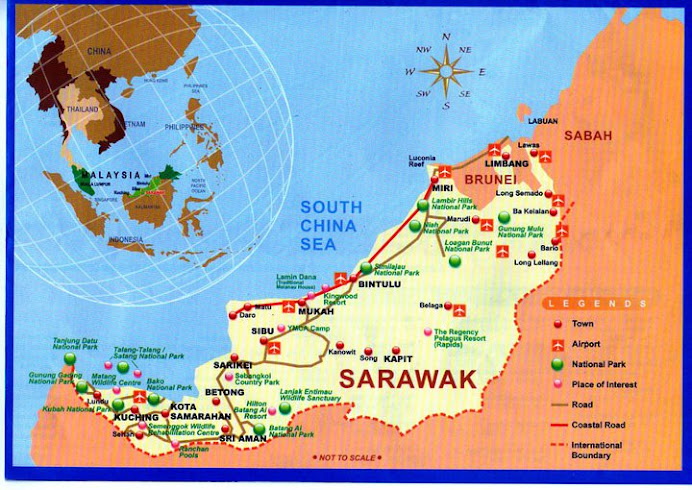


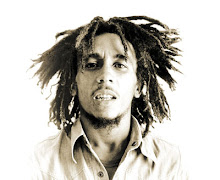
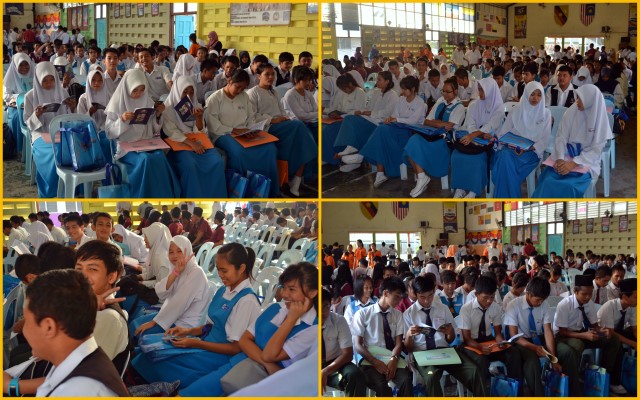


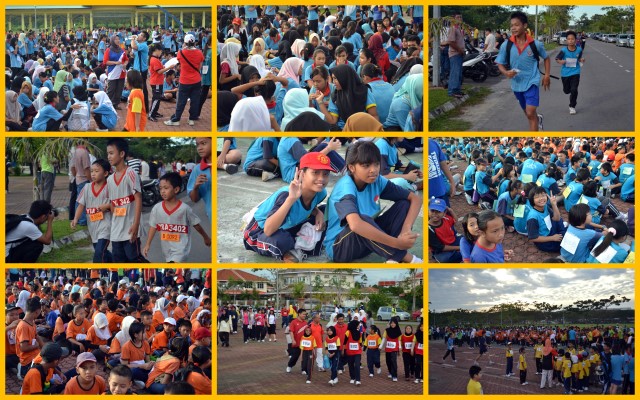







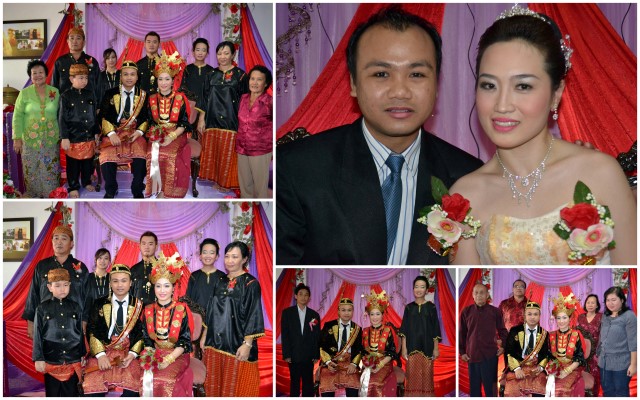


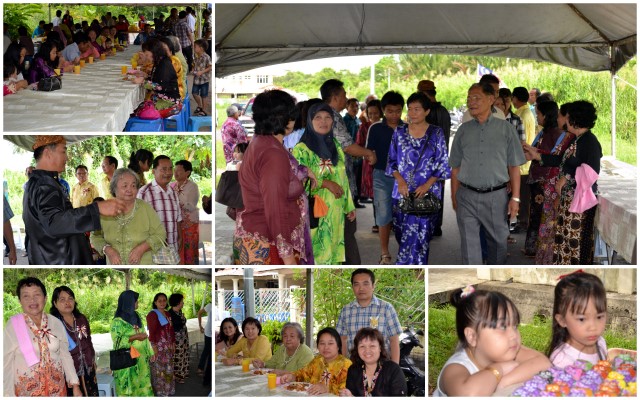







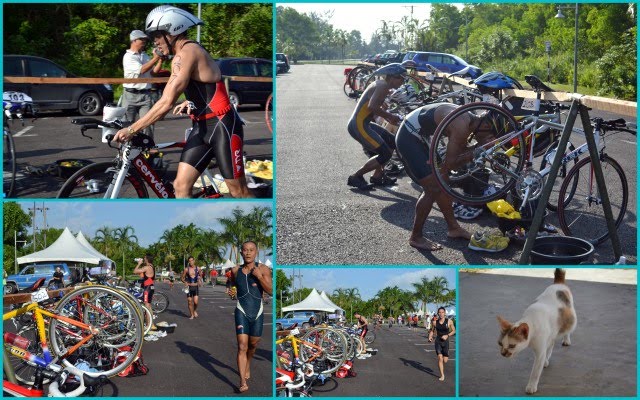
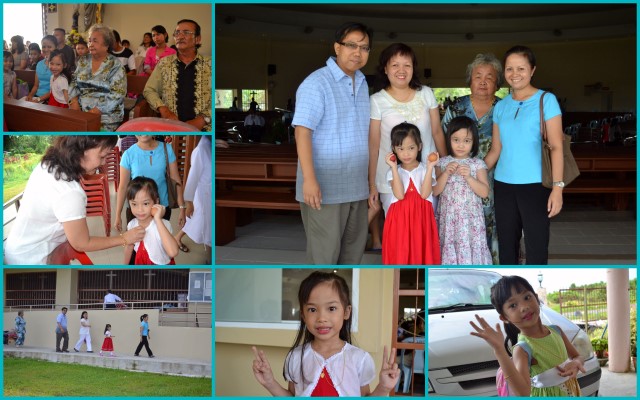


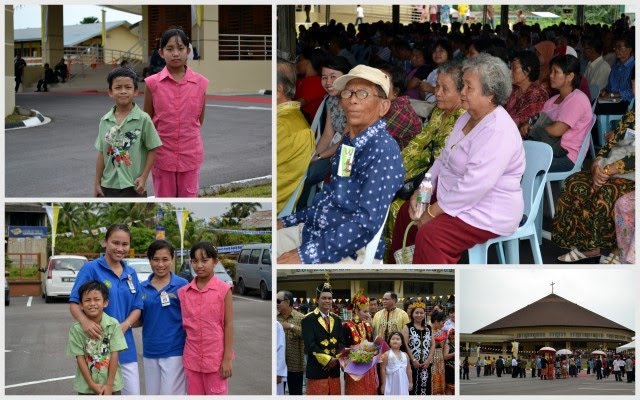

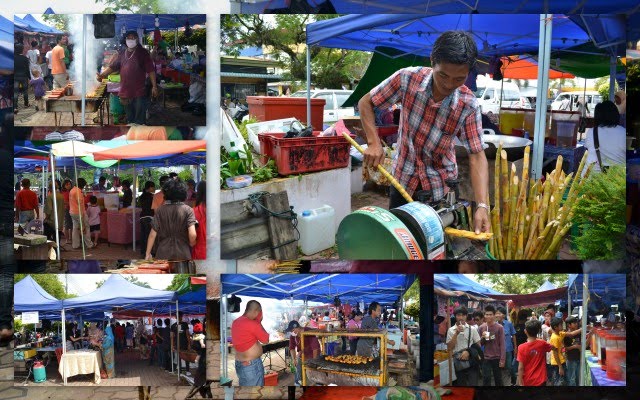



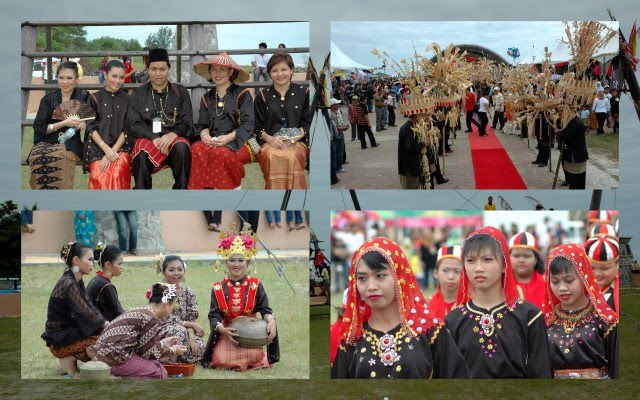




1_640x400.jpg)
2_640x400.jpg)






